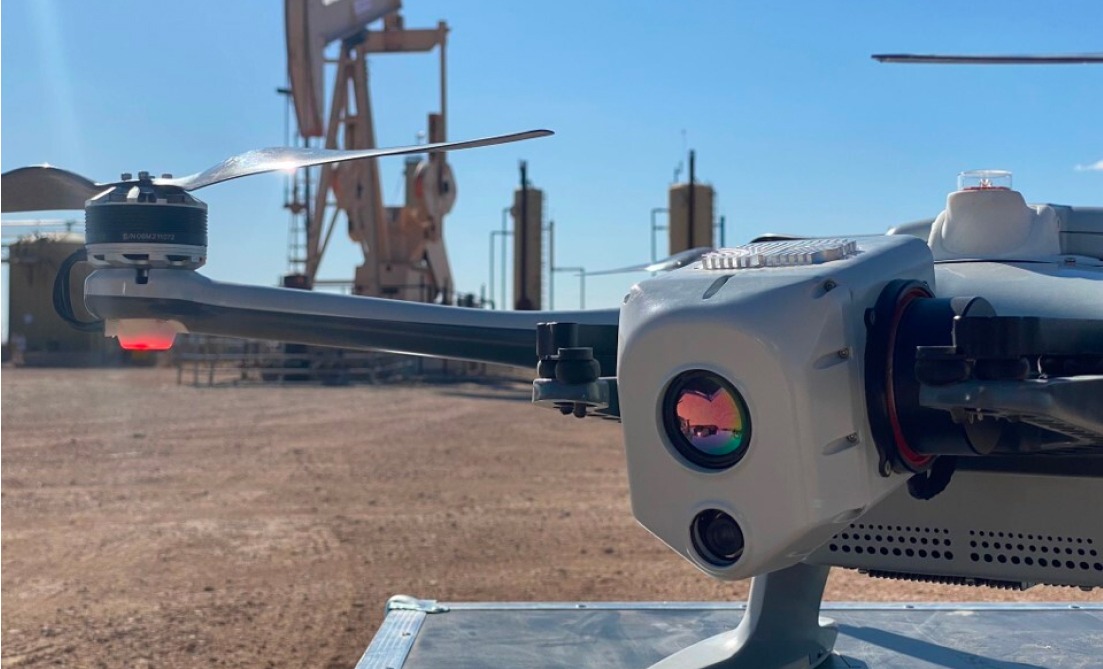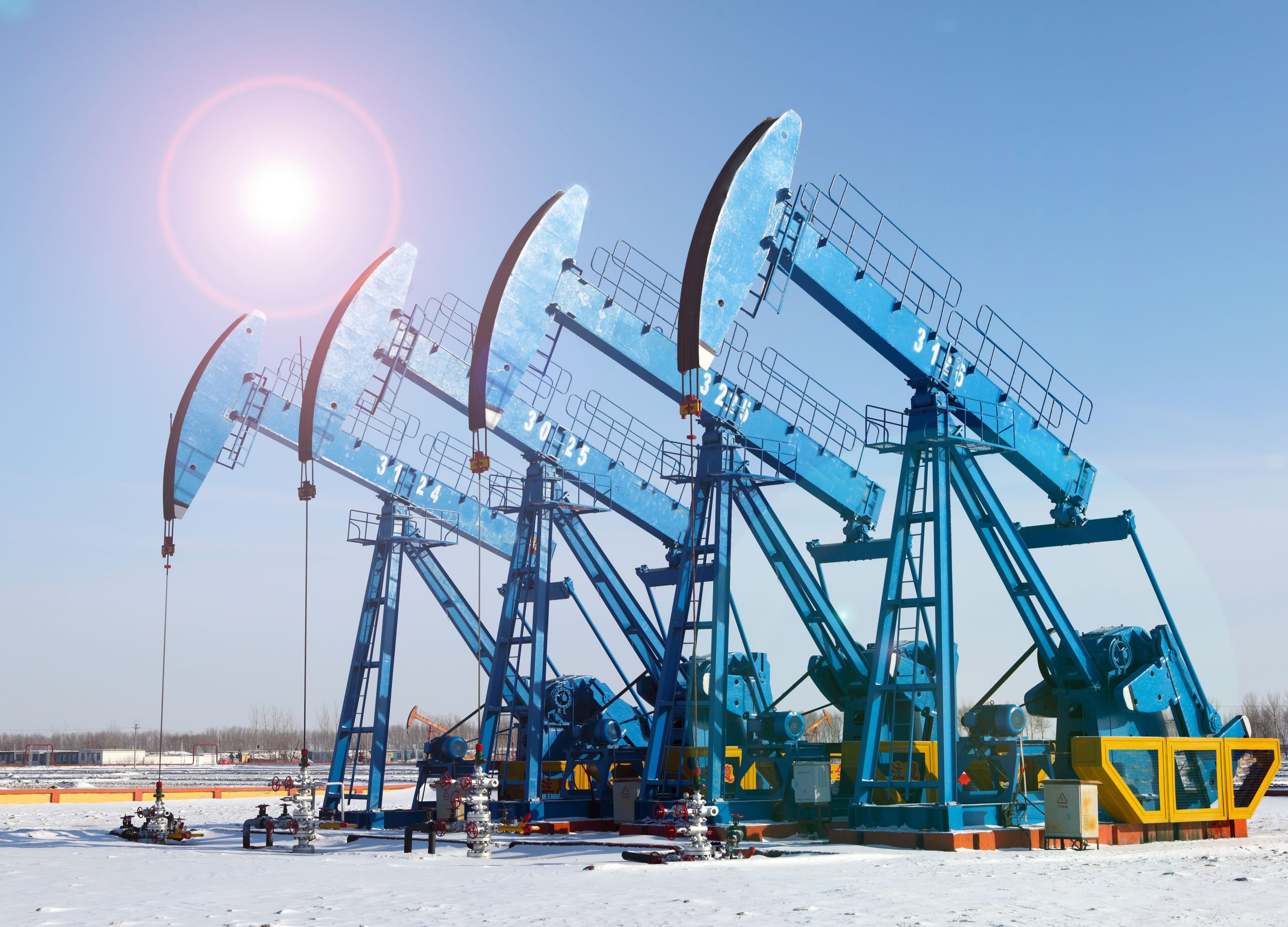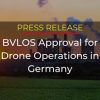Everything you need
to know about the EPA rule
and drones
Overview of the EPA Rule
The EPA's rule defines NSPS (new rule includes new standards) and EG (emissions guidelines) to reduce methane emissions from new and existing sources. New sources are regulated under OOOOb , which provides NSPS for sources that are new, modified or reconstructed after December 6, 2022. The EPA's EG sets procedures for states to follow as they develop plans to limit methane from existing sources, those constructed prior to December 6, 2022.
The new rule finalizes the super-emitter program, set to reduce emission events over 100kg/hr. Under the super-emitter program, certified 3rd parties are set to monitor for super-emitter events. 3rd party notifiers may do so using remote, aerial technologies, and after monitoring will notify the EPA of any suspected super-emitter events.
The rule will also phase out flaring of natural gas from new oil wells. It provides a two-year phase-in period for eliminating routine flaring of natural gas that is emitted from new oil wells.
The EPA has finalized several provisions to align the industry's adoption of new technologies with regulatory compliance, such as allowing for use of multiple technologies to detect methane emissions.

Requirements Overview
- For many components and facilities, the EPA requires quarterly or monthly AVO monitoring and quarterly or biannually OGI monitoring
- Emissions detected with AVO monitoring require a first attempt at repair within 15 days, and a final repair within 15 days of the first attempt
- Emissions detected with OGI monitoring require a first attempt at repair within 30 days, and a final repair within 30 days of the first attempt
Well sites & central production facilities
must be conducted and any emissions detected must be eliminated.
Compressor stations
Monthly AVO
Quarterly OGI (or EPA Method 21) monitoring requirement
- Same as Dec 2022 Supplemental Proposal
- Consecutive quarterly monitoring surveys conducted at least 60 days apart
- The EPA is finalizing the provision that the quarterly OGI monitoring may be waived when temperatures are below 0°F for 2 of 3 consecutive calendar months of a quarterly monitoring period


Appendix K
Inspection requirements
Sensor requirements
Inspector requirements
Record keeping requirements
Advanced Technologies
Repair requirements for detected emissions with any of the three technology categories are as follows:
The EPA provides an overview of what advanced technologies should be able to inspect when monitoring for fugitive emissions. It creates three categories, based on spatial recognition: facility, area, and component level. For each level, when emissions are detected, it provides requirements for follow up monitoring. Repair requirements and timelines in the December 2022 Supplemental Proposal for fugitive emissions components and covers and closed vent systems. Initiate an investigative analysis within 5 days if an emission or defect in a closed vent system or cover. Repair all fugitive emissions components, covers, and closed vent systems within 30 days Initiate an investigative analysis within 24 hours of receiving the monitoring survey and inspection results if a failed control device.
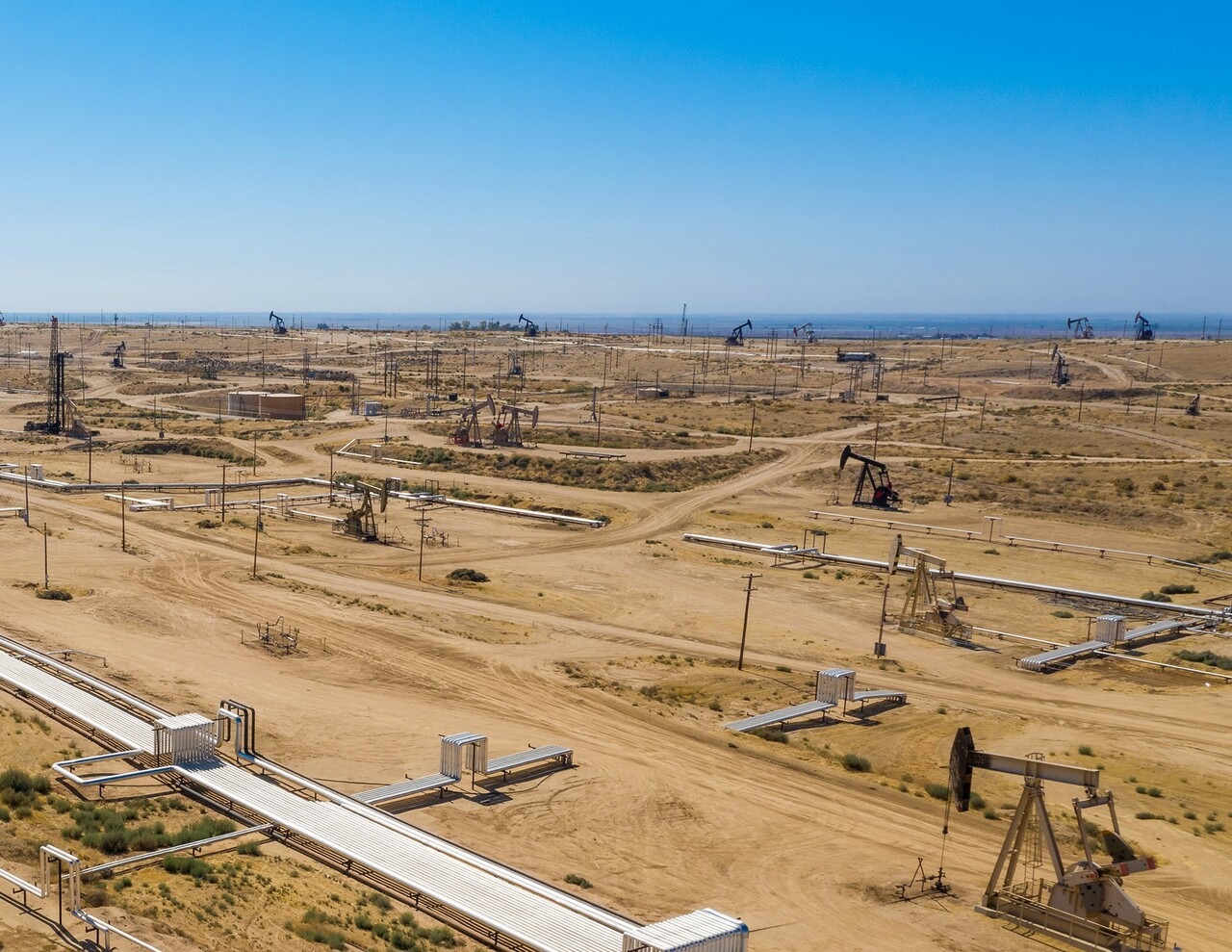
Facility level
- Spatial resolution Technologies that can identify emissions within the boundary of a well site, centralized production facility, or compressor station, such as a satellite.
- Follow up monitoring OGI survey of all facility components and OGI & visual inspection of all covers and closed vent systems.
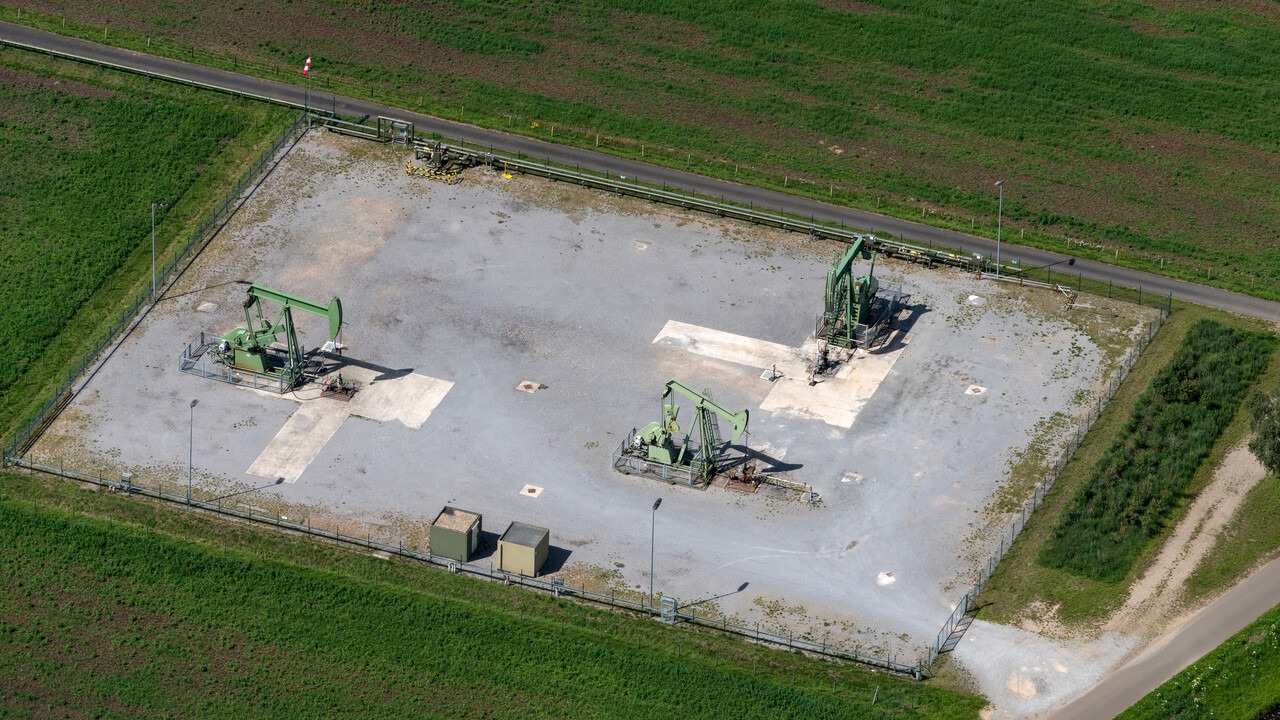
Area level
- Spatial resolution Technologies that can identify emissions within a radius of 2 meters of the emission source, such as airplanes or fixed cameras.
- Follow up monitoring OGI survey of all components within a 4 meter radius of confirmed detection, and OGI & visual inspection of all covers and closed vent systems within a 2 meter radius of confirmed detection.
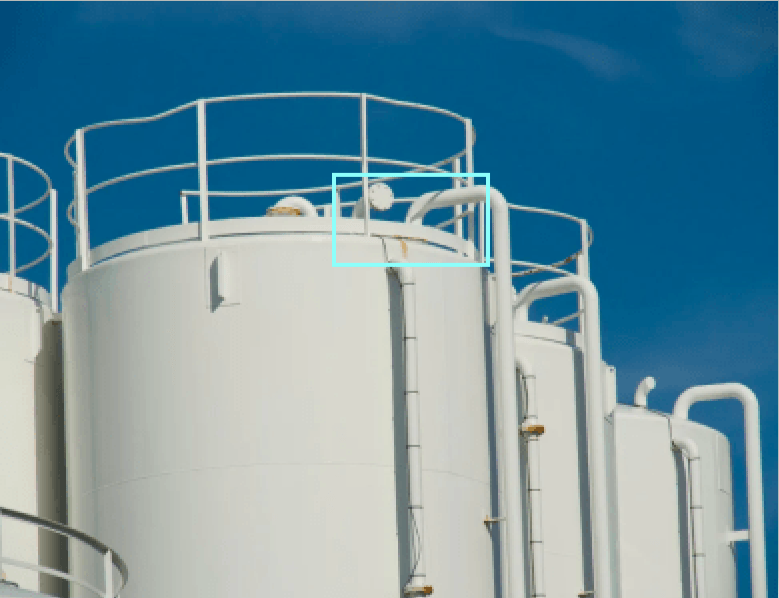
Component level
- Spatial resolution Technologies that can identify emissions within a radius of 0.5 meters of the emission source, such as drones.
- Follow up monitoring OGI survey of all components within a 1 meter radius of confirmed detection, and OGI & visual inspection of all covers and closed vent systems within a 0.5 meter radius of confirmed detection.
Autonomous emissions detection down to the component level
The Air Max OGI is an autonomous drone-in-a-box solution with an integrated OGI payload. When deployed on site, it performs routine emissions inspections at the facility, area and component level.
Integrated with Percepto AIM software, it automatically detects emissions, pinpointing their source down to the component level. Percepto AIM generates a system of records of inspections performed including breadcrumbs, detected emission screenshots and video clips.
The solution can be operated remotely, with no personnel on site, and is currently deployed at leading oil & gas facilities across the US.
